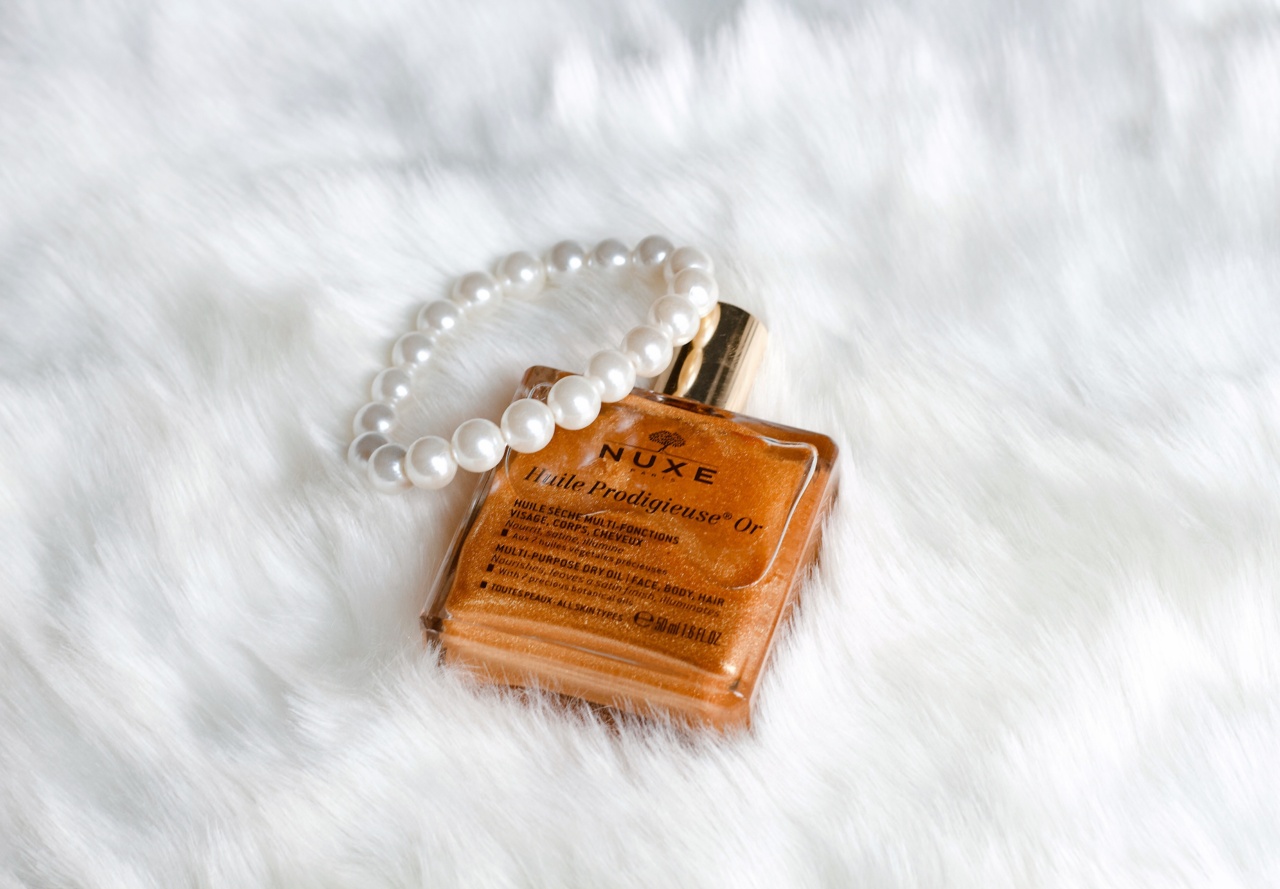Facial exfoliation is an essential step in any skincare routine. It helps to remove dead skin cells, unclog pores, and reveal a smoother, brighter complexion.
However, it’s important to exfoliate your skin in the right way to avoid damaging your skin or causing irritation. Follow these golden rules of facial exfoliation to achieve optimal results for your skin.
1. Determine Your Skin Type
Before selecting an exfoliator, it’s crucial to understand your skin type. There are different exfoliation methods suitable for various skin types.
For example, if you have sensitive skin, a gentle chemical exfoliator would be a better option than a physical scrub that may cause irritation. Conversely, if you have oily or acne-prone skin, a physical exfoliant with fine particles can effectively remove excess oil and unclog pores.
2. Choose the Right Exfoliator
Once you have identified your skin type, the next step is to pick the right exfoliator. There are two main types of exfoliators: physical and chemical.
Physical exfoliators contain small particles that physically scrub away dead skin cells when you massage them onto your face. Chemical exfoliators, on the other hand, use acids or enzymes to dissolve the bonds between dead skin cells, allowing for easier removal.
When selecting a physical exfoliator, look for products with fine particles like sugar or jojoba beads. Avoid harsh exfoliating scrubs that contain large particles or rough ingredients, as they can cause micro-tears in the skin and lead to irritation.
For chemical exfoliators, popular options include alpha hydroxy acids (AHAs) such as glycolic acid and lactic acid, or beta hydroxy acids (BHAs) like salicylic acid.
3. Exfoliate in Moderation
While exfoliation can be beneficial for your skin, overdoing it can result in damage and irritate the delicate facial skin. It’s important to exfoliate in moderation, especially if you have sensitive or dry skin.
Aim to exfoliate your face no more than two to three times a week. If you have oily or acne-prone skin, you may be able to exfoliate more frequently, but still, avoid doing it every day as it can strip away essential oils and disrupt the natural balance of your skin.
Listen to your skin and adjust the frequency of exfoliation accordingly. If you notice any redness, inflammation, or excessive drying, reduce the frequency or switch to a gentler exfoliator.
On the other hand, if your skin feels congested and dull, you may increase the frequency slightly to achieve the desired results.
4. Prep Your Skin
Before exfoliating, it’s essential to prepare your skin for the process. Start by cleansing your face with a gentle cleanser to remove any dirt, makeup, or impurities.
This allows the exfoliator to work more effectively by directly targeting the dead skin cells. Pat your face dry with a clean towel, leaving your skin slightly damp. Exfoliating on damp skin helps to soften the dead skin cells, making them easier to remove.
5. Gently Exfoliate
When it comes to facial exfoliation, gentle is the key. Avoid applying excessive pressure or scrubbing vigorously, as this can damage your skin and cause redness or inflammation.
Instead, use light, circular motions with your fingers, focusing on areas that tend to accumulate dead skin cells, such as the forehead, nose, and chin. Be sure to cover your entire face but be extra gentle around the delicate eye area.
After exfoliating, rinse your face thoroughly with lukewarm water to remove any residue.
Follow up with a gentle toner to restore the skin’s pH balance and then apply a moisturizer to hydrate and replenish your skin, sealing in the benefits of exfoliation.
Remember that consistency is key when it comes to facial exfoliation. Incorporate this step into your skincare routine regularly to maintain a radiant and youthful complexion.
However, always pay attention to your skin’s needs and adjust the frequency and intensity of exfoliation accordingly.





























